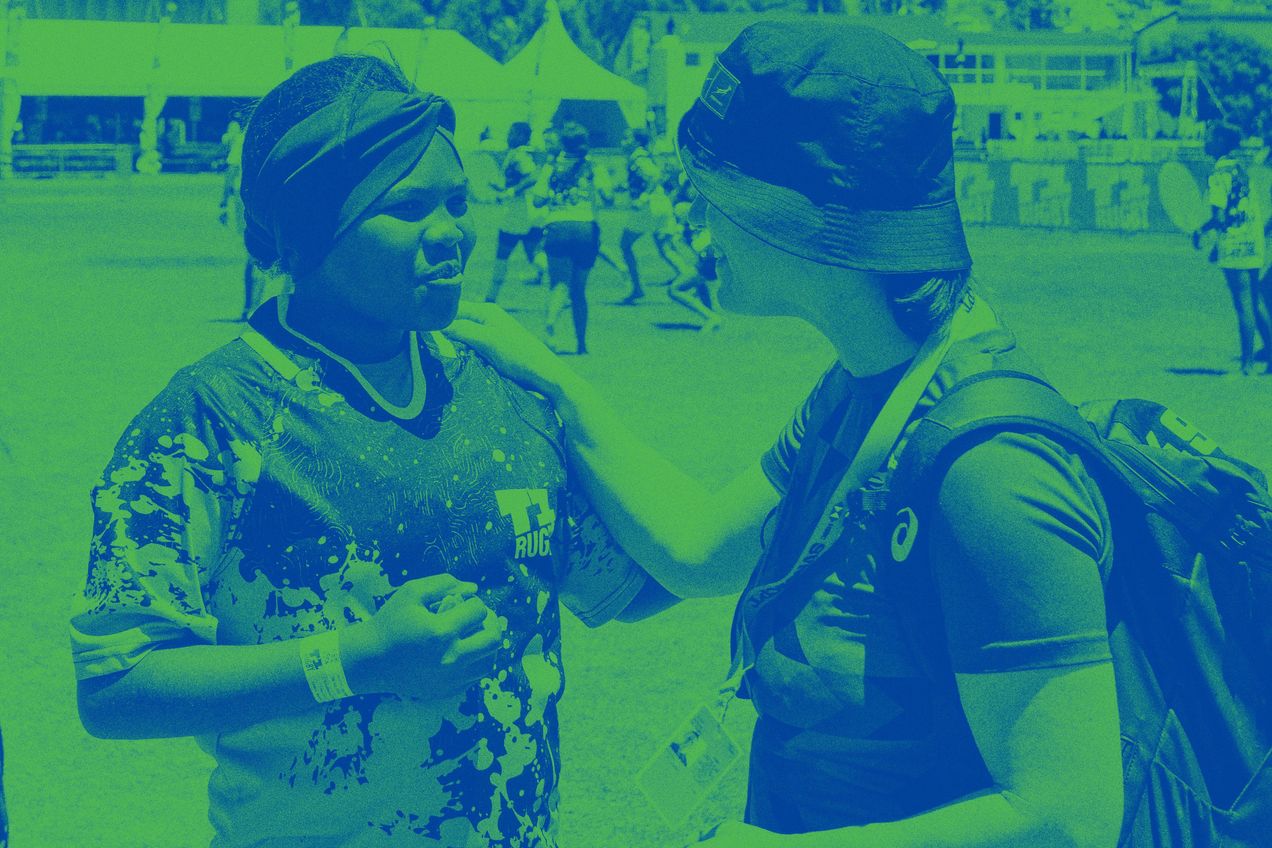-
Fixtures & ResultsFixtures & Results
-
Tournaments
-
Inside World Rugby
-
NewsNews
- Store
Website language
English
- English
- Français
- Español
- 日本語

Concussion Guidance
for non-medical professionals
-
label.share.via_facebook
-
label.share.via_twitter
-
label.share.via_facebook_messenger
-
label.share.via_whatsapp
-
label.share.via_copyURL Copied
Contents




